Find your own strength and leverage them for your Career Success !
Every great career move starts with self-knowledge. The Utably Personality Hub translates your Big Five tendencies into one of the 12 practical “Utably Types you can actually use at work.
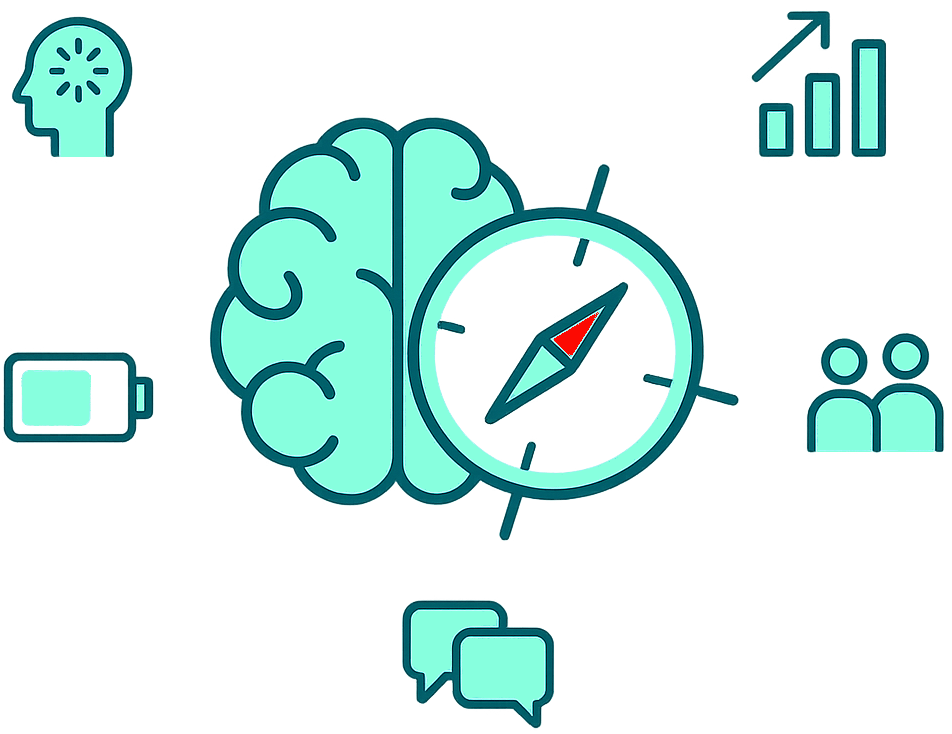
Why knowing your personality type matters
When you understand how you naturally think, decide, and recover, you stop guessing and start operating on purpose. A clear personality profile gives you a shared language for strengths, stressors, and working style.
- Self-awareness → better choices: You spot patterns early and pick approaches that play to your strengths instead of fighting them.
- Momentum without burnout: You learn where your energy comes from and then you can set boundaries that keep you effective long-term.
- Faster growth: You focus on skills that compound with your wiring, not generic advice that never sticks.
- Clear feedback loops: You can ask for the right kind of feedback and interpret it without taking it personally.
With Utably Types, these insights are practical and plain: strengths to lean on watch-outs to manage |

Join Our Newsletter Today!
Here at Utably we trust in the Big Five personality assessment !
We ground our Personality Test in the Big Five—five core tendencies that consistently describe how people think, plan, interact, and handle stress: Openness, Conscientiousness, Extraversion, Agreeableness, and Emotional Stability. It’s the most widely accepted model in modern psychology and gives you clear, practical language for your everyday behavior.
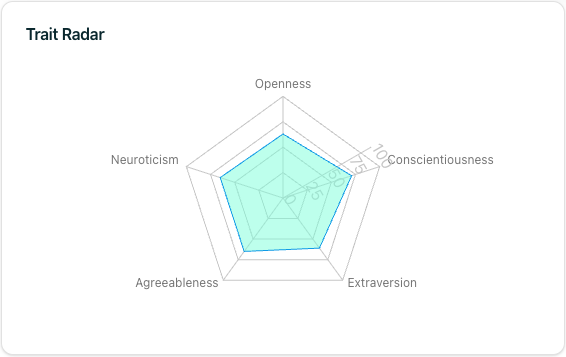
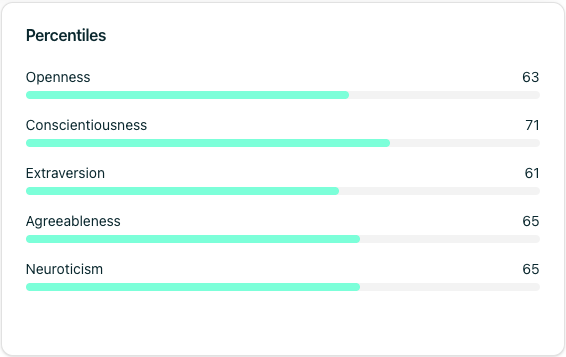
How the Big Five tendencies work:
They describe your typical patterns on five broad tendencies. Scores are shown as percentiles. 63 means you’re higher than 63% of a large comparison group. These aren’t “good vs. bad”; each side has strengths and trade-offs.
Openness to Experience
Openness is your appetite for ideas, novelty, and “what if?”. Higher scores feel at home in fuzzy problems and love exploring patterns, stories, and new tools; lower scores prefer proven playbooks and clear guardrails. Your percentile tells us how much exploration energy to bake into your role targeting and how boldly we should push creative language in your CV.
Conscientiousness
Conscientiousness is your inner project manager. It’s the rhythm of planning, finishing, and raising the quality bar. Higher scores thrive on checklists, milestones, and measurable outcomes; lower scores excel when the work is flexible, fast, and responsive. We use this signal to dial your resume toward either precision and process, or agility and impact.
Extraversion
Extraversion is how you charge your batteries. It shapes pace, presence, and willingness to take the mic. Higher scores bring visible energy, quick rapport, and assertive momentum; lower scores bring composure, depth, and long-focus output. This guides whether we spotlight stakeholder wins and live-room moments, or craft a portfolio that speaks through substance.
Agreeableness
Agreeableness is your collaboration style. It colors how you read the room, resolve tension, and build trust. Higher scores influence through empathy and alignment; lower scores move teams forward with crisp candor and decisive trade-offs. We reflect this in your story, either emphasising partnership and enablement, or clear choices and results.
Neuroticism
This is your threat radar and recovery system. Higher scores detect risks early and care deeply about quality and safety; lower scores stay steady under pressure and keep execution calm. We turn this into practical advantages, risk-reduction achievements, reliability under fire, and coach habits that keep performance sustainable.
Save time. Stand out.
Utably helps you track your progress, stay organized, and create stunning documents in minutes. Just drop in the job posting and we align your strengths to the position, highlighting what makes you the right fit. Your story is crafted to connect with clarity and purpose. No templates. No guesswork. Just powerful tools that work with you, not over you.
You just need your story. We’ll help you tell it.
Find your own type and use it for your future !
Take the quick Big Five test, and we translate your trait pattern into one of 12 Utably Types—plain-English profiles like Trailblazer, Architect, Connector, or Anchor. It’s the fastest way to make your results usable: no jargon, just a clear snapshot of how you naturally create value.
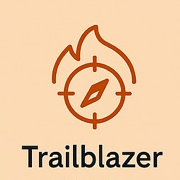
Trailblazer
Trailblazers blend imagination with reliability: they seek possibilities, rally people, and still care about shipping. They’re comfortable in fuzzy spaces, frame problems clearly, and keep momentum through crisp prioritization and fast feedback loops. Their blind spot is overcommitting to too many promising threads or neglecting maintenance once the next idea appears. They thrive where autonomy, user input, and cross-functional collaboration are the norm.
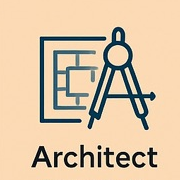
Architect
Architects turn messy challenges into elegant systems. They decompose complexity, design interfaces and standards, and think long-term about reliability, scale, and maintainability. They can over-engineer without early user signals, so they benefit from lightweight experiments before committing. Give them time for deep work and space to document decisions and they elevate the whole team’s rigor.
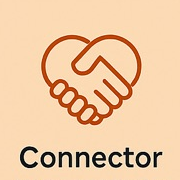
Connector
Connectors read the room, surface unspoken needs, and build coalitions that make change stick. They translate between customers, executives, and builders, shaping narratives that align stakeholders without steamrolling dissent. Their risk is chasing consensus at the cost of clarity; frameworks and clear “no’s” keep them sharp. They shine where influence, partnership, enablement, and communication drive outcomes.
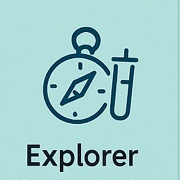
Explorer
Explorers are happiest on the frontier: they learn fast, prototype faster, and kill weak ideas without drama. Their gift is de-risking unknowns through scrappy experiments, literature scans, and direct user tests. They can churn without bounded goals or dread repetitive polish work—pair them with operators for hand-offs. Give them a sandbox, data, and a timebox and they’ll find signal.
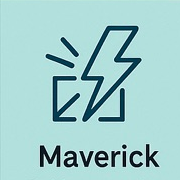
Maverick
Mavericks frame audacious bets, move decisively, and create commercial traction where none existed. They’re story-driven opportunity spotters with a high tolerance for risk and competition. Impatience with process can create whiplash; a cadence of review and simple guardrails keeps them lethal, not chaotic. They flourish with clear stakes, scarce constraints, and outcome-based rewards.
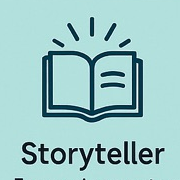
Storyteller
Storytellers transform complex ideas into clear, emotionally resonant narratives that educate, persuade, and mobilize. They build brands and communities, craft tutorials and talks, and turn raw insights into meaning. Novelty can trump precision if they’re rushed—tight briefs and editorial cycles help. They shine with an audience, rapid feedback, and creative latitude.
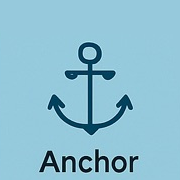
Anchor
Anchors bring calm, structure, and follow-through. They design processes, spot risks early, and keep the engine running through meticulous tracking and continuous improvement. They may resist change for its own sake, so pairing them with explorers ensures healthy evolution. Clear ownership, measurable goals, and stable cadences let them compound value.

Custodian
Custodians protect trust. They build quality systems, interpret regulations, write policies, and maintain the control environment that keeps products safe and organizations credible. Without an outcome lens they can feel like brakes; framing controls as enablers keeps teams onboard. They excel where traceability, audits, and documentation matter.
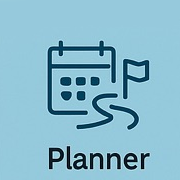
Planner
Planners convert vision into roadmaps, break down work, align capacity, and keep teams unblocked. They’re diplomatic, deadline-oriented facilitators who love clear cadences and visible metrics. Over-optimizing process can crowd out discovery; periodic “explore first” sprints balance them. They thrive in environments that value predictability and transparency.
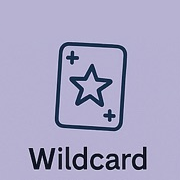
Wildcard
Wildcards live for live action. They create momentum through rapid outreach, on-the-spot adaptation, and fearless trial-and-error. Follow-through and documentation need scaffolding—short cycles, clear targets, and debriefs keep results compounding. They shine where wins are visible and feedback is immediate.
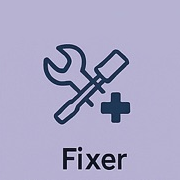
Fixer
Fixers are crisis-competent pragmatists. They triage, isolate root causes, make crisp trade-offs, and restore service under pressure—then turn incidents into hard-earned improvements. They risk becoming addicted to firefighting; pairing with prevention-minded partners prevents relapse. They excel when stakes are high and time is short.
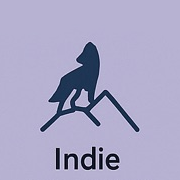
Indie
Indies are self-directed craftspeople who value control, focus, and end-to-end ownership. They produce reliably with minimal meetings, automate repetitive work, and build a strong personal portfolio. Under-networking is the main trap; deliberate client pipelines and async habits unlock leverage. They thrive with clear briefs and asynchronous feedback.
